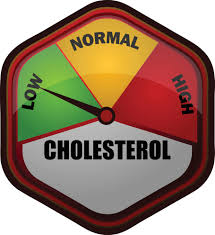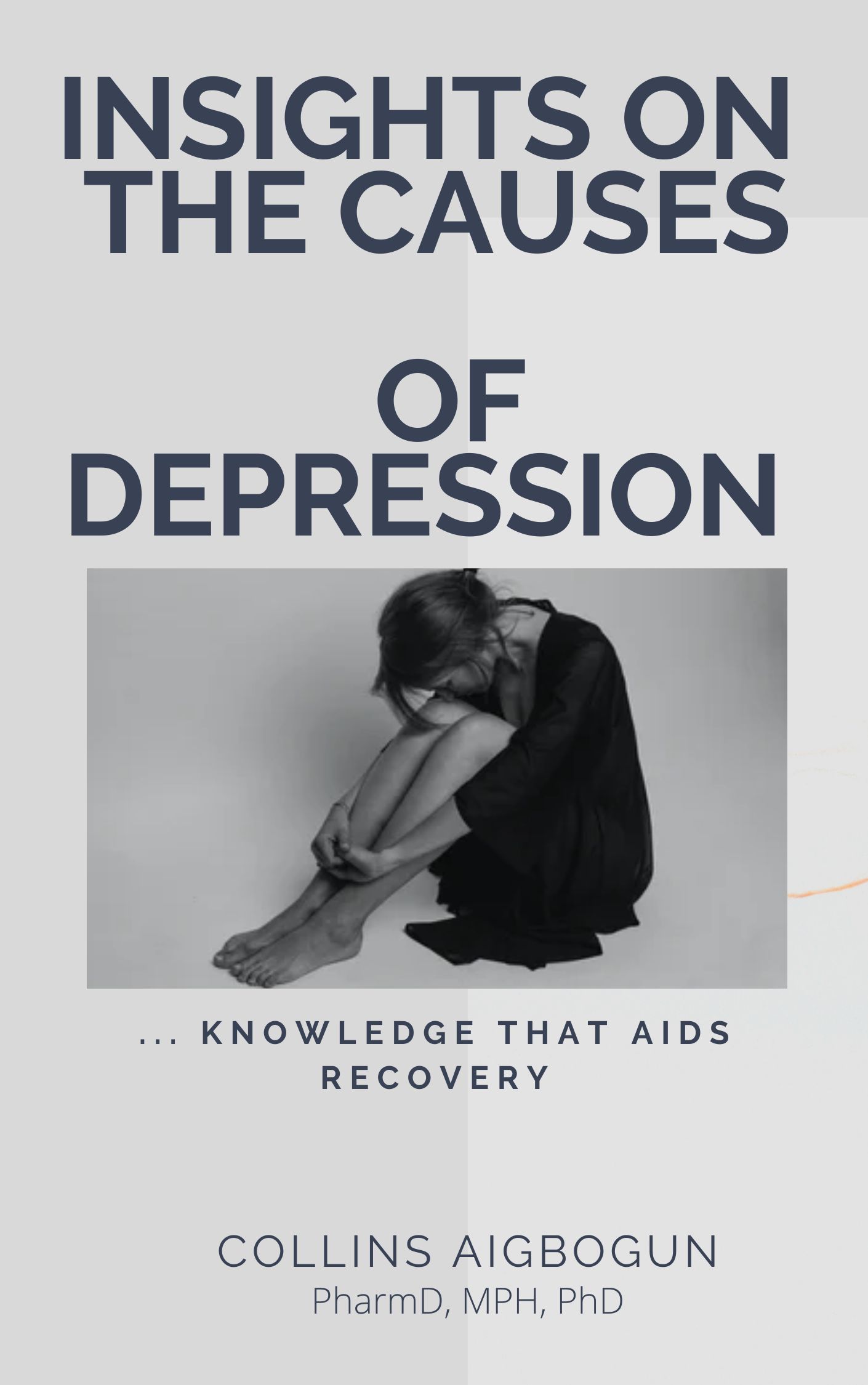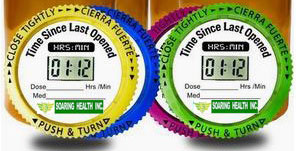Herbal Tea Mobs Free Radicals and Then Reduce Inflammation
The rate of inflammatory diseases has been on the rise in recent times. For example, the National Cancer Institute reported an increase in cancer incidence in the last decade compared with the previous decade (CDC, 2016). Hence, there is a need to re-evaluate preventive measures. Inflammation is a process by which the white blood cells in the human body (along with the substances they produce) protect us from infection with foreign organisms such as bacteria and viruses. However, in some inflammatory diseases, the body’s defense system triggers an inflammatory response even when there are no foreign invaders. Examples of this kind of inflammatory diseases, also known as autoimmune diseases include rheumatoid arthritis and psoriasis. The symptoms observed vary from persons, and it depends on the type of inflammatory disease. Appropriate diagnosis requires a complete medical history and physical examination. There might be a need for an x-ray and some blood tests.
Inflammatory diseases of the heart include myocarditis (inflammation of the heart muscles), and it can lead to shortness of breath and fluid retention. The small tubes that transport air to the lungs can also be inflamed, and it can lead to apnea (shortness of breath). The kidneys can also be inflamed (nephritis), and it can lead to high blood pressure or kidney failure. There can also be inflammation of the joints, such as in rheumatoid arthritis. Any cell or organ in the body can be inflamed via a trigger or auto-immune response.
SOME TREATMENT OPTIONS FOR INFLAMMATION
The treatment options for inflammatory diseases vary. Generally, medications, rest, and exercise are helpful in the recovery process. Conventional medicines used for inflammatory diseases include non-steroidal anti-inflammatory drugs (NSAIDs) such as ibuprofen and naproxen. Other useful medications include corticosteroids such as prednisone. There might also be a need for immune-modulators such as hydroxychloroquine and methotrexate. The worst-case scenario of some inflammatory diseases will require surgery.
OPTIMIZING THERAPY
The crux of this article is to highlight a few ways on how we can optimize a therapeutic regimen while recovering from an inflammatory disease or preventing an inflammatory disease. Research has shown that certain types of food will increase our likelihood of experiencing cellular inflammation. These foods include refined carbohydrates such as white bread and pastries. Others include French fries and other fried food. Also, soda and other sugar-sweetened drinks can exacerbate the inflammatory process. Likewise, red meat (such as burger) and other processed meat (such as hot dogs and sausage) can worsen or accelerate the inflammatory process.
On the other hand, an optimization of the recovery process can be via the foods we consume. For example, tomatoes, olive oil, and green leafy vegetables (such as spinach, collard, and kale) reduce or combat the inflammation. Also, nuts (such as almonds and walnuts) and fatty fish (salmon, mackerel, tuna, and sardines) mitigate cellular inflammation. Yet still, fruits such as blueberry, cherries, and oranges are known to reduce inflammation. This effect is because fruits contain anti-oxidants that mop up free radicals. According to Mayo Clinic clinicians, most cellular inflammation is associated with free radicals in the human body. Also, the regular drinking of herbal tea helps in preventing or reducing inflammation. Herb tea has a high concentration of anti-oxidants and health-giving ingredients. Hence, herb tea can boost brain function, improve blood flow to the entire digestive tract, and improve overall well-being. Examples of herbal teas include dandelion tea, ginseng tea, licorice tea, cayenne tea, and hibiscus tea. Often time, a combination of some of these tea types in a single drink will increase health and vitality with little or no side-effect. Click to receive a FREE guide that will help you.









